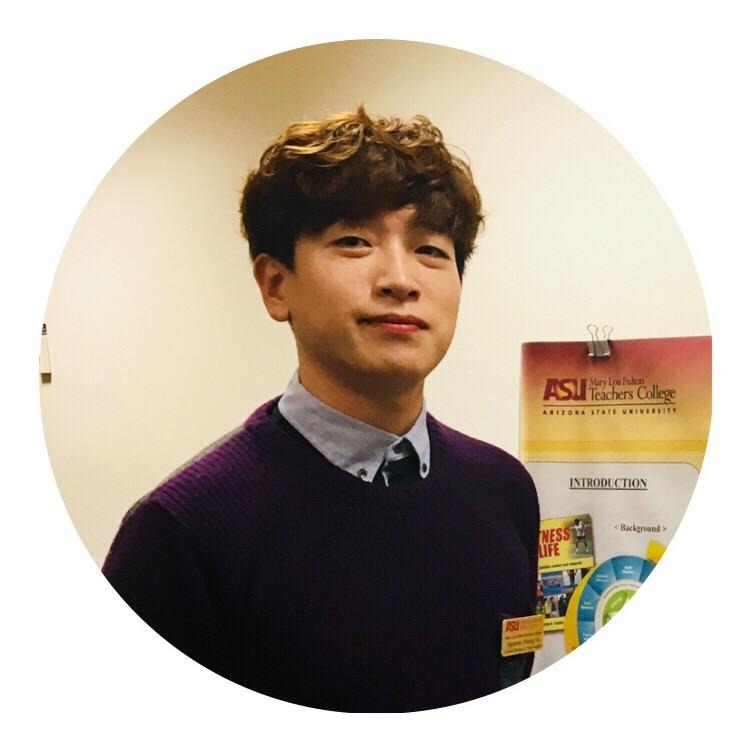Reference List Basic Format
· Reference list should be double-spaced like the rest of your paper.
· The second, and subsequent lines of the citation are indented. Use the ruler.
· Use the author’s initials, not their full name. If the author includes their middle initial or name, be sure to include it.
· If the book or article has multiple authors, you must list all of them up to the first 20. If the source has 21 or more authors, you list the first 20 then add an ellipses (…) and list the final author.
· Use the & symbol before the last author’s name, not the spelled out “and.”
· Always italicize the journal or magazine title and volume number.
· Always italicize the book title.
· Only capitalize the first word, first word after a colon, or proper nouns in article, book, website, or video titles.
· Make sure you know the format of the item you are citing (i.e., print or electronic).
· Do not include “retrieved from” for website links.
Reference List: Books
Printed Books
Author, A. A. (year). Title of book. Publisher.
Allman, P. (2019). Critical education against global capitalism: Karl Marx and revolutionary critical education. Brill Sense.
ebooks
Author, A. A. (year). Title of book: Subtitle of book [eBook edition]. Publisher. URL
Panagiotopoulou, J. A., Rosen, L., & Strzykala, J. (Eds.). (2020). Inclusion, education, and translanguaging: How to promote social justice in (teacher) education? [eBook edition]. Springer. https://www.springer.com/gp/book/9783658281274
Audiobooks
Author, A. A. (year). Title of book (N. Narrator, Narr.) [Audiobook]. Publisher. URL (if applicable)
Obama, M. (2018). Becoming (M. Obama, Narr.) [Audiobook]. Random House.
Book Chapter
Author, A. A., & Author, A. A. (year). Title of chapter. In A. Editor (Ed.), Title of book (pp. #– #). Publisher.
Lester, A. O. S. (2018). Living with three strikes: Being a transwoman of color in education. In S. A. Shelton, J. E. Flynn, & T. J. Grosland (Eds.), Feminism and intersectionality in academia (pp. 145–152). Palgrave Macmillan.
Reference List: Journal/Magazine/Newspaper Articles
Journal Article
Author, A. A., & Author, A. A. (year). Article title. Journal Title, Vol(issue), p#.
Januszyk, R., Miller, E. C., & Lee, O. (2016). Addressing student diversity and equity. Science and Children, 53(8), 28.
Magazine Article
Author, A. A. (year, month date). Article title. Magazine, vol(issue#), p#-#.
Heller, N. (2020, June 1). Too far from home: What’s behind the crisis of the unhoused? The New Yorker, 28–40.
Newspaper Article
Author, A. A. (year, month date). Article title. Newspaper, p#.
Borenstein, S. (2020, September 3). Black holes merge into never before seen size. StarNews, A7.
Electronic Journals/Magazines/Newspaper Articles with DOI
Author, A. (Year). Title. Journal Name, Volume(issue), page numbers. Doi
Hill, M. L. (2018). “Thank you, Black Twitter:” State violence, digital counterpublics, and pedagogies of resistance. Urban Education, 53(2), 286–302. http://doi.org/10.1177/0042085917747124
Reference List: Internet Sources
Webpage
Author, A. A. (year, month date or year last updated). Title of page. Site name. URL
National Public Radio (NPR). (2020). Arts and life. https://www.npr.org/sections/arts/
Podcast
Host, A. A. (Host). (year, month date). Title of episode (no. if provided) [Audio podcast episode]. In Name of podcast. Publisher. URL
Ward, A. (Host). (2020, June 4). Pelicanology (pelicans) with Juita Martinez [Audio podcast episode]. In Ologies with Alie Ward. Alie Ward. https://www.alieward.com/ologies
YouTube Video
Author, A. A. [Username]. (year, month date). Title of video [Video]. Streaming Service. URL
Houting, J. d. [TEDx Talks]. (2019, November 1). Why everything you know about autism is wrong [Video]. YouTube. https://www.youtube.com/watch?v=A1AUdaH- EPM&list=WL&index=62&t=0s
Reference List: Conference Sessions and Presentations
Conference Session
Author, A. (YEAR, Month Date(s)). Title [Conference session]. Name of Meeting/Conference name, location. Website if available.
Martinez, D., & Ortiz, Z. (2018, March 3-7). Creating community for foster youth on college campuses: Effective strategies for academic success [Conference session]. NASPA annual conference, Philadelphia, PA, United States.
Paper Presentation
Author, A. (Year, Month Date(s)). Title [Paper presentation]. Name of Meeting/Conference, Location.
Hardison, T., & Castro, E. L. (2018, November 14-17). A timeline of Pell Grant availability in prison: A critical policy analysis regarding access to higher education for incarcerated students [Paper Presentation]. Association for the Study of Higher Education annual meeting, Tampa, FL, United States.
Posters
Author, A. (Year, Month Date(s)). Title [Poster presentation]. Name of Meeting/Conference, Location.
Vakil, J. B. (2019, April 6). Identity, recruitment, and retention of Asian Pacific Islander Desi American novice elementary and STEM teachers [Poster presentation]. Annual meeting of the American Educational Research Association (AERA), Toronto, CA.
Reference List: Dissertations and Theses
Unpublished Dissertation/Thesis
Author, A. (Year). Title [Unpublished doctoral dissertation]. Degree Awarding Institution.
Daniels, L. R. (2019). The experiences of secondary Black women principals leading change with a predominately White faculty: Cast down, but not destroyed [Unpublished doctoral dissertation]. University of St. Thomas.
Dissertation or Thesis from a Database
Author, A. (Year). Title (Publication No. #) [Master’s Thesis, Degree Granting Institution]. Database or Archive Name.
Smith, D. J. (2011). Reforming the criminal justice system: A pragmatic approach to building a sustainable system (Publication No. 1503912) [Master’s thesis, University of Central Oklahoma]. ProQuest Dissertations and Theses Global.
Dissertation or Thesis Published Online
Author, A. (Year). Title [Doctoral dissertation, Degree Awarding Institution]. Database or Archive Name. Link.
Reinert, L. J. (2016). Silent strategy: Women faculty and the academic profession [Doctoral dissertation, University of Minnesota]. University of Minnesota Conservancy. https://conservancy.umn.edu/bitstream/handle/11299/188903/Reinert_umn_0130 E_17155.pdf?sequence=1

